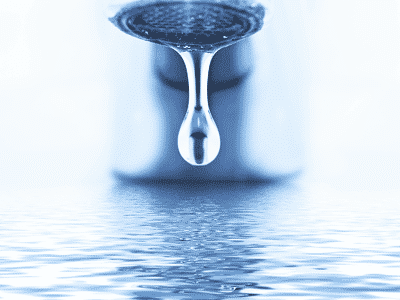 It is estimated that walkway conditions play a significant role in at least 1 in 2 slip and fall accidents, and another 1 in 4 accidents are caused by improper footwear (source: NFSI Falls Aren’t Funny). Given these alarming statistics, it’s clear that property owners and facility managers must get proactive in anticipating where accidents might happen so they can prevent them before injuries occur.
It is estimated that walkway conditions play a significant role in at least 1 in 2 slip and fall accidents, and another 1 in 4 accidents are caused by improper footwear (source: NFSI Falls Aren’t Funny). Given these alarming statistics, it’s clear that property owners and facility managers must get proactive in anticipating where accidents might happen so they can prevent them before injuries occur.
Beyond the entryway. Too often, facility managers focus on the entryway as the only place where guests can be injured by a slip and fall accident. In reality, and slip, trip, or fall can occur anywhere friction does not keep feet firmly gripping the ground. This means that tile, hardwood, and other smooth surfaces are the most likely culprits for causing such accidents. Of course, these flooring materials are found well beyond doors, vestibules, and lobbies.
Restroom Facilities
When we think of sinks, the first area to come to mind is usually the restroom. Though toilets and urinals are can be sources of occasional leakage, sinks pose a more serious threat to bathroom safety because they are inherently messy to use. While washing, water puddles on the surface of the sink and can eventually spill onto the floor. Water spillage also occurs when guests reach for a paper towel to dry themselves. Excessive puddling is also common below older hand-dryers that blow water from the hands onto the floor.
Employee Areas
Of course, restrooms are not the only place where sinks can be found. Employee areas— especially those with full kitchens and lounging areas— usually have sinks and water dispensers that are used throughout the day. These areas are prime locations for liquid spills to accumulate, which poses a significant slip and fall risk. Danger is highest in employee areas with smooth/slick walking surfaces.
Water Fountains
Like sinks, water fountains can also be inherently messy to use. Often times, fountains are not calibrated properly and the water pressure can be powerful enough to send water over the fountain’s edge and onto the floor. In fitness facilities, patrons are at even higher risk. Physical fatigue can sometimes cause poor judgement, which is all it takes to inadvertently step into a slippery and dangerous footing in front of the fountain. In some facilities, fountains have a nossle that can be rotated perpendicular to the wall so patrons can more easily fill water bottles. And while that nifty feature makes it easier for guests to stay hydrated, it often sprays water directly on to the floor if it is used before properly being rotated back into position.
Proactive Safety Mat Installation
In addition to regular cleaning and maintenance, commercial safety matting plays a large role in containing liquid spills and preventing slip-related falls. The most popular materials for such mats include the following:
Olefin Yarn: Absorbent, colorful, and ideal for light to moderate traffic areas.
Polypropylene: Synthetic, crush-resistant, ultra absorbent, and ideal for moderate to high traffic areas.
Berber Material: Unique, made from high density yarn, very durable with unique Berber design for high absorbency & aesthetics.
For restroom facilities, bathroom and sink mats are also available. These products are designed with anti-slip and antimicrobial technologies to keep bathrooms safe and clean throughout the day.
Learn More About Safety Mats
For product information, complimentary consultation, and order assistance, contact Eagle Mat online or call directly at 1-877-333-1018.






